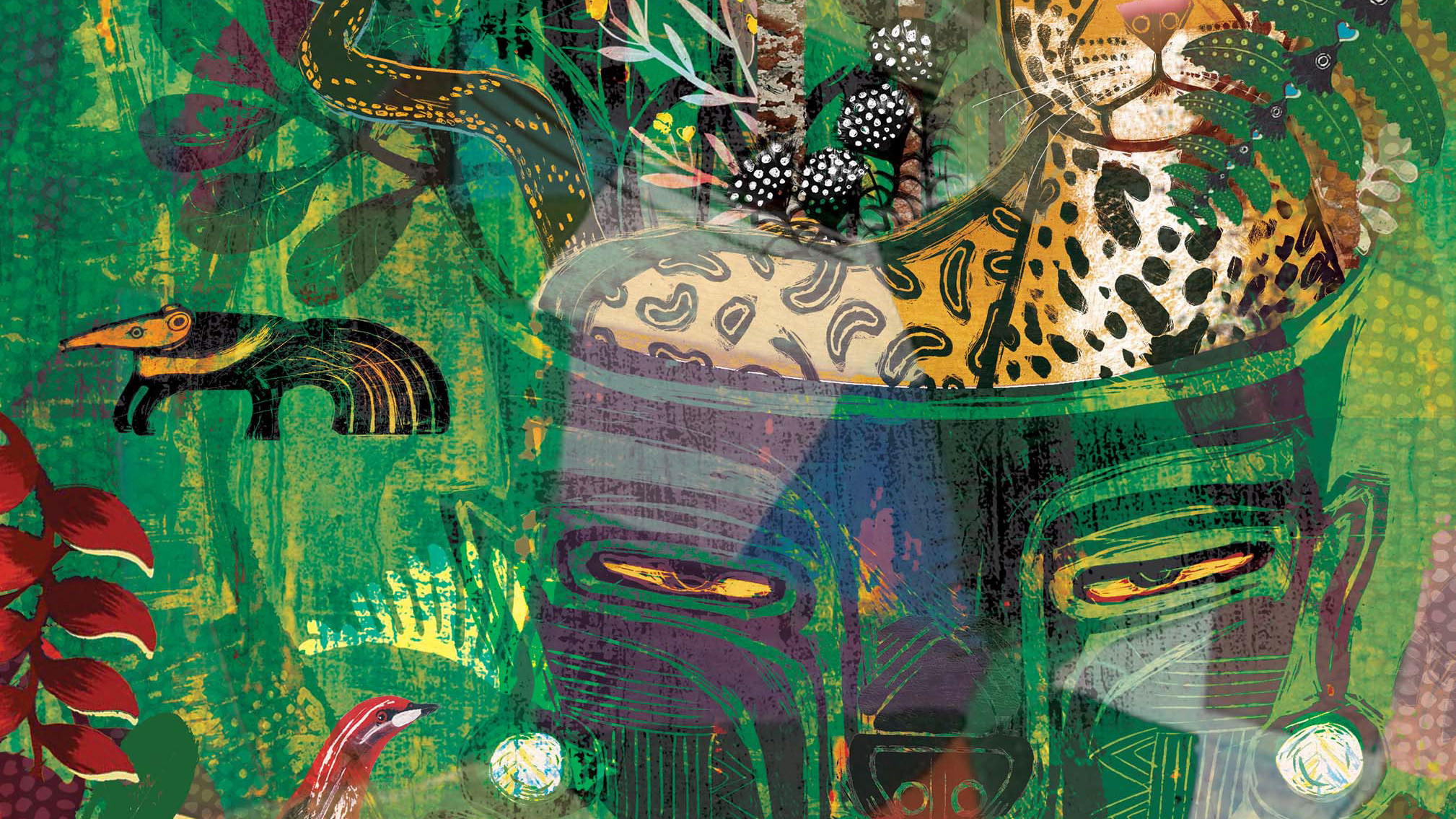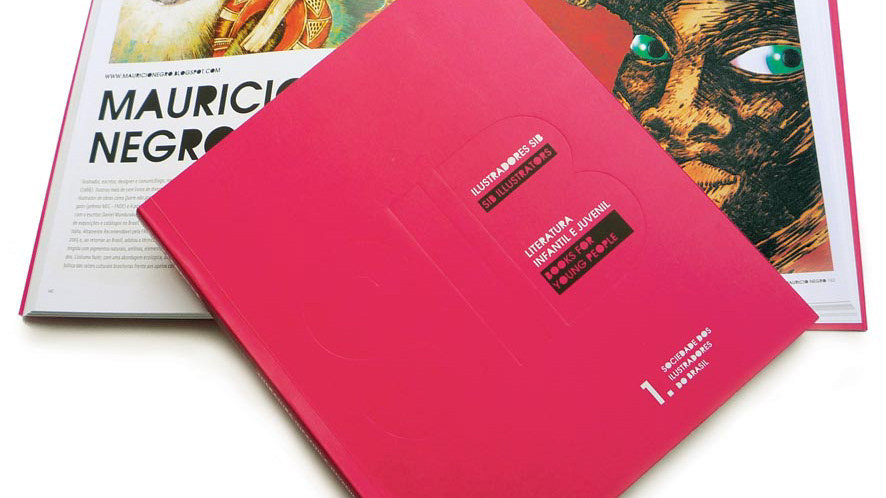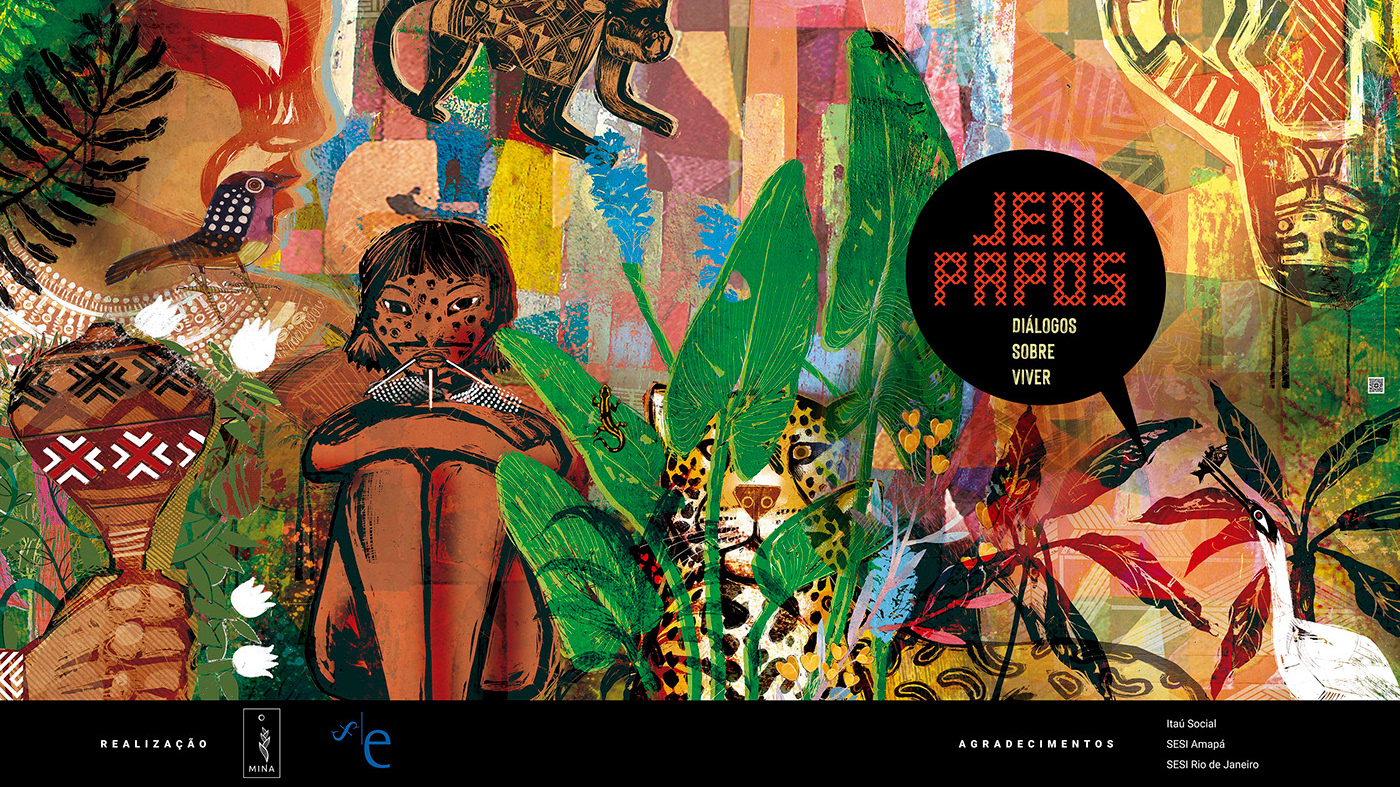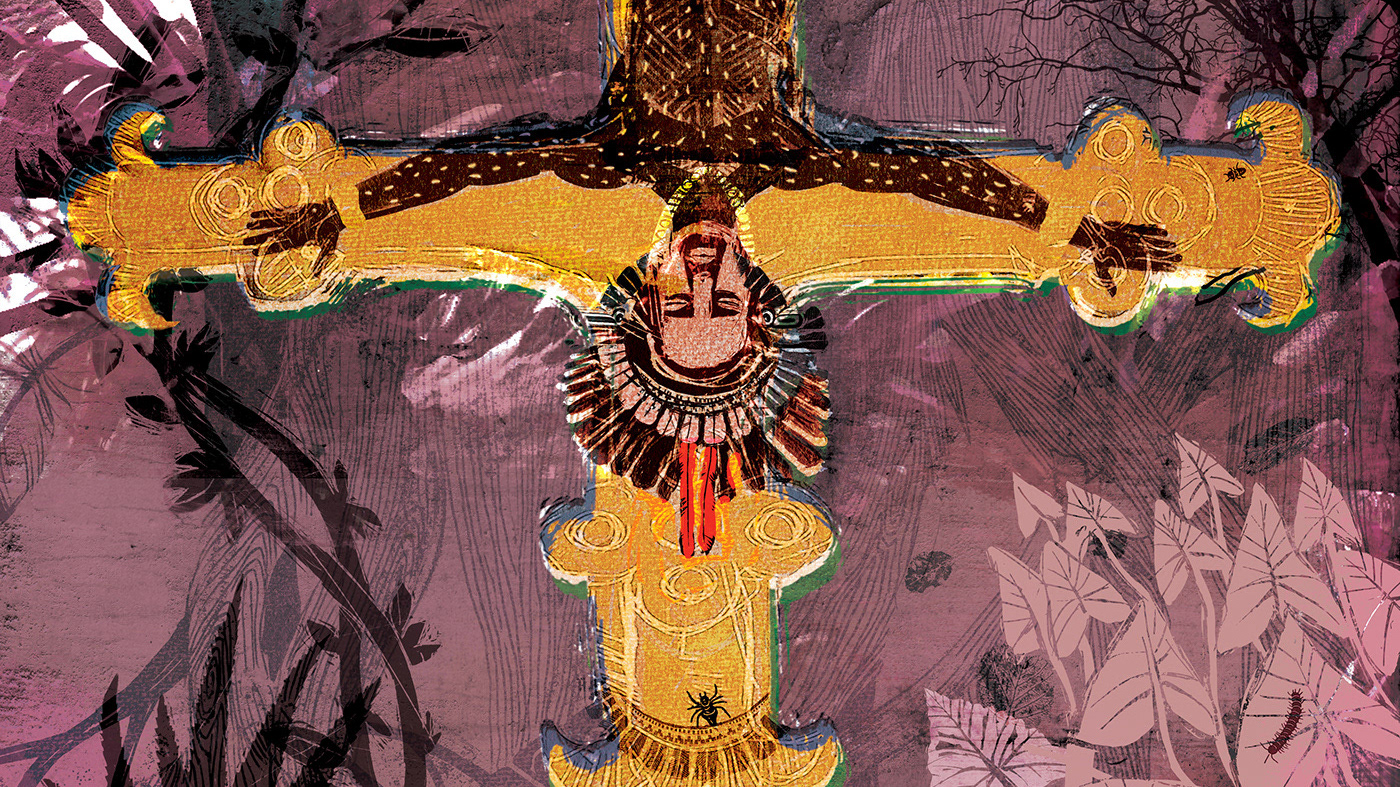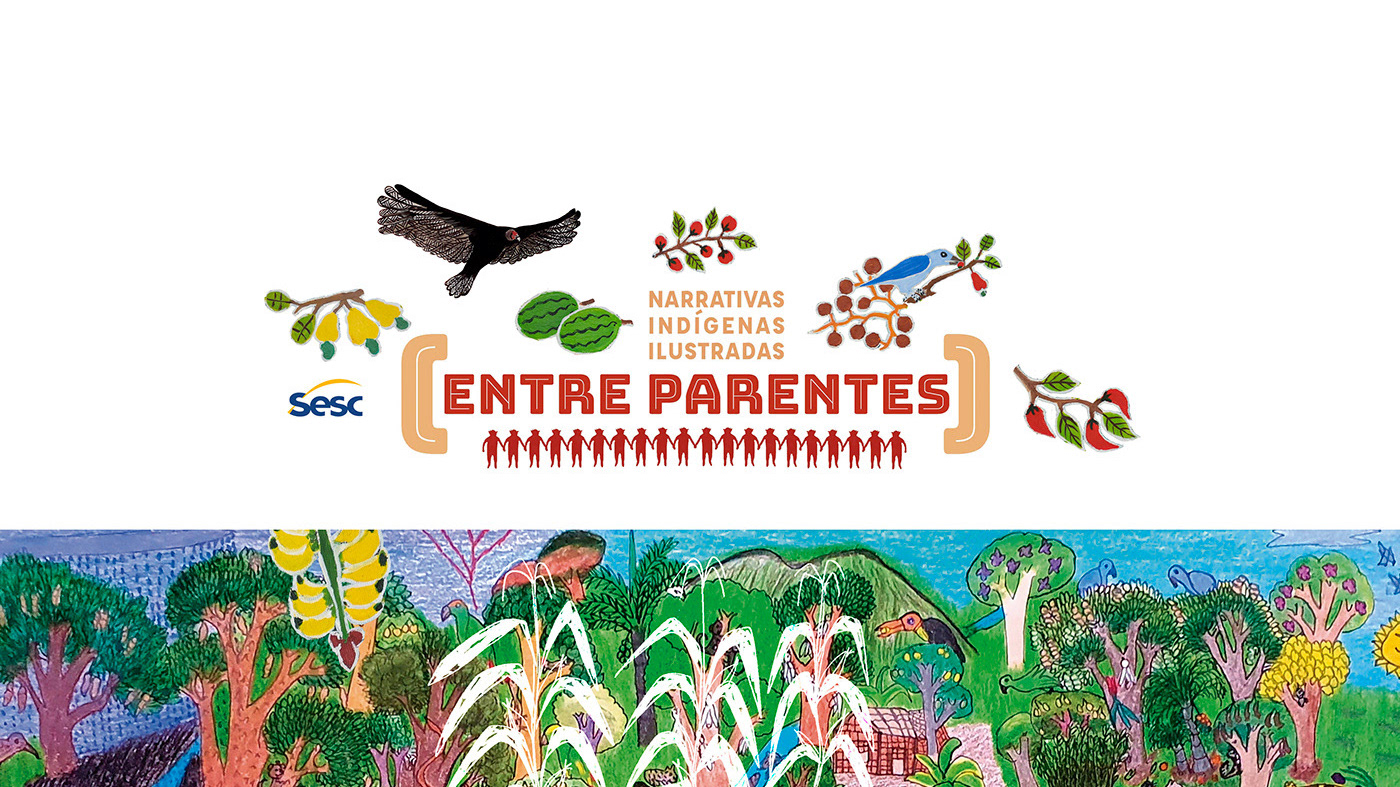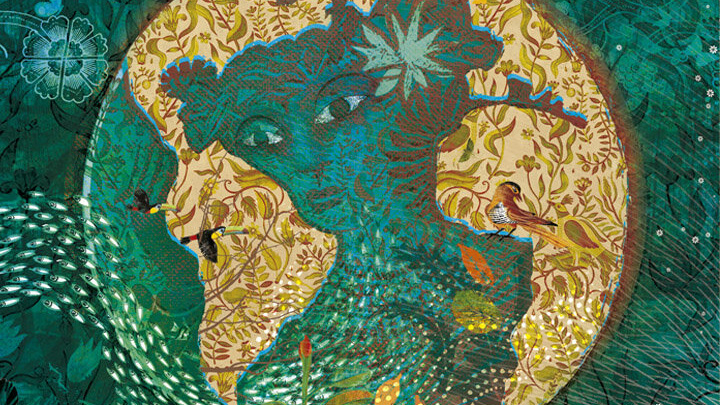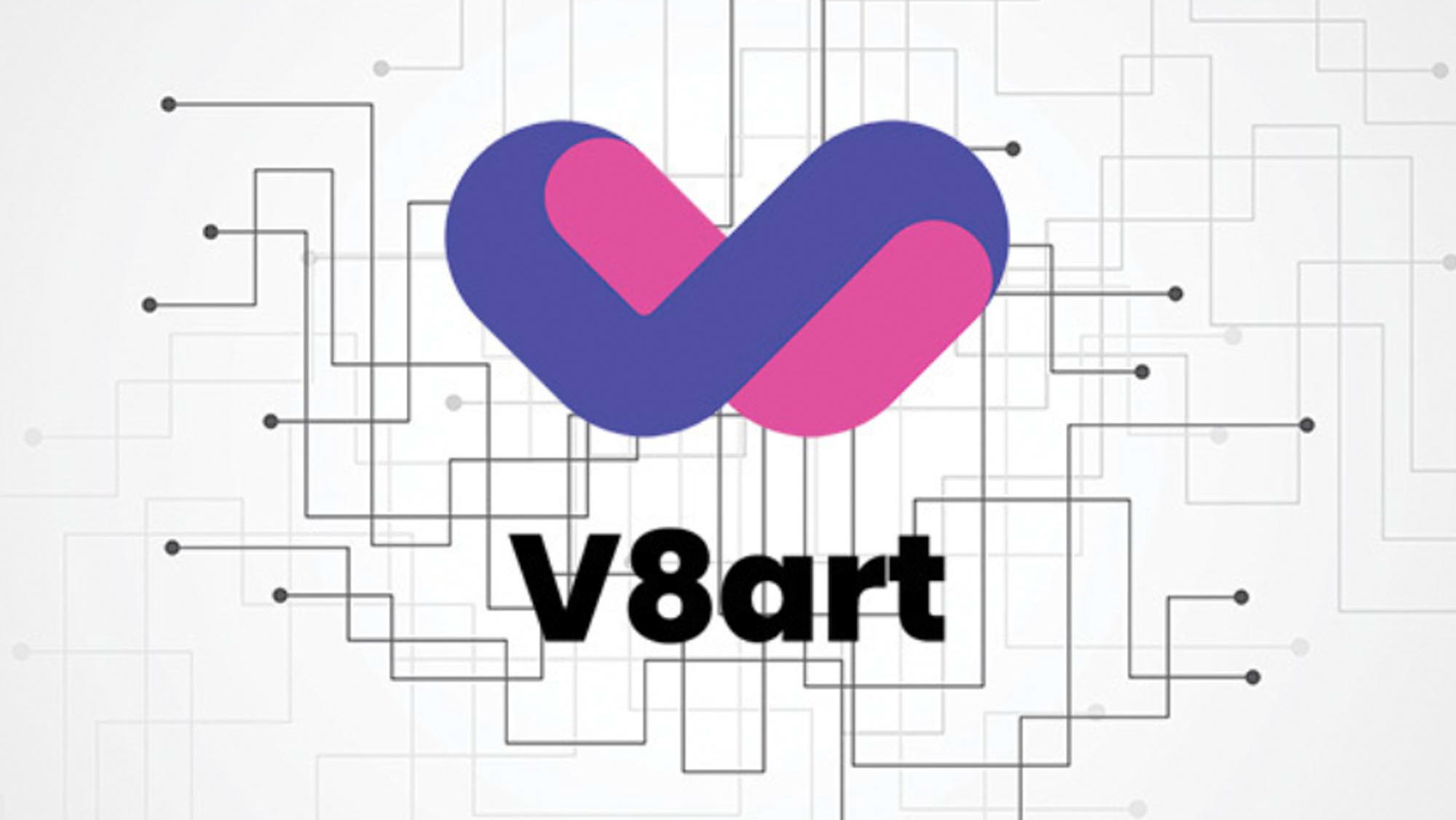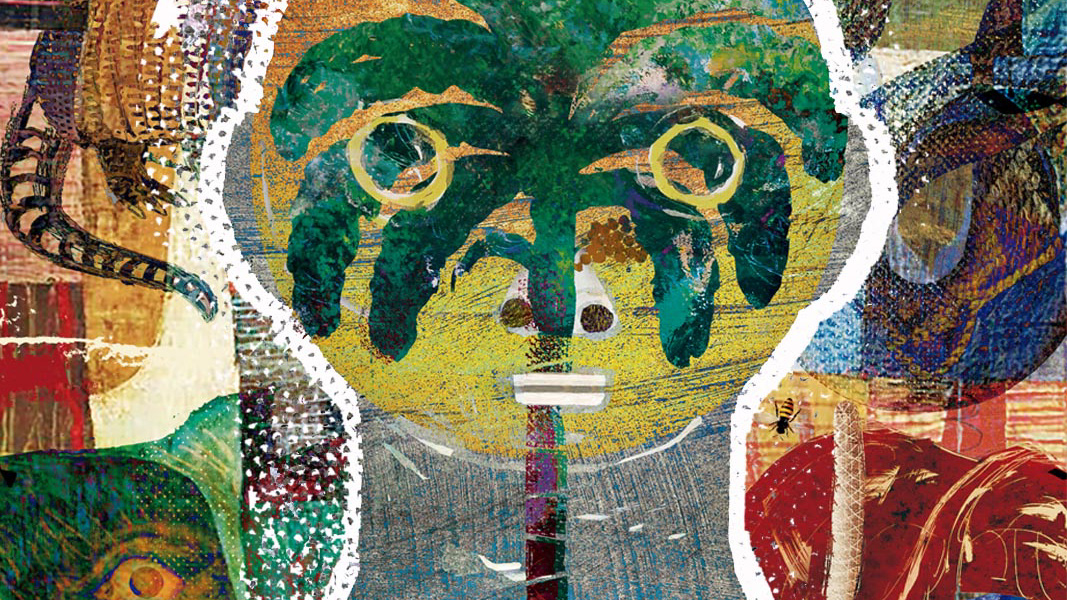2024_Akuli Award (3rd place) | National Library Foundation, Rio de Janeiro RJ
Sawé, o grito ancestral | AypapayŨ Ewãwãap a'õ
texto | daniel munduruku
tradução | honésio munduruku
capa e ilustrações | Mauricio Negro
produção | Ab Aeterno
coordenação editorial e edição | Camile Mendrot | Ab Aeterno
Preparação | Tatiane Ivo | Ab Aeterno
revisão | Sílvia Correr | Ab Aeterno
projeto gráfico | Ana Clara Suzano | Ab Aeterno
diagramação | Priscila Wu | Ab Aeterno
EDITORA | Uka Editorial, 2023
PARCERIA | Livraria Maracá + FIOCRUZ
............................................................
coordenação geral | Ana Claudia Santiago de Vasconcellos
coordenação adjunta | Paulo Cesar Basta
realização | Escola Politécnica de Saúde Joaquim Venâncio – Fundação Oswaldo Cruz
financiamento | Edital INOVA PMA / Edital INOVA Saúde Indígena
parcerias | Associação Indígena Pariri / Projeto Xingu / Escola Paulista de Medicina / Unifesp
sawÉ! is how the ancient Munduruku indigenous people announced themselves when they entered into confrontation. IIn other words, it was a cry of war to intimidate the enemy and reaffirm the resistance strategy of these courageous Amazonian people. However, this book by Daniel Munduruku and Mauricio Negro goes a little further. The title sawÉ! recalls the ancestral cry still present today in the memory of the Munduruku people. But the narrative dares to launch a new challenge between the past and the present. The past is represented by Karusakaibo, the great sage of the Munduruku people who summoned to be present and returns to the territory he himself created. Gradually, the old man realizes that the greed of the Pariwat - the non-indigenous people - represents a huge threat to the Tapajós and the forest in their insane quest for power and material wealth. SAWÉ! is a story of an intergenerational reunion between Karusakaibo and KabáDarebu, the ancestral grandfather and his young grandson to update practices and responsibilities in the face of change, in the hope of keeping the sky overhead.
sawÉ! É como se anunciavam os antigos indígenas Munduruku ao entrarem em confronto. Ou seja, era um grito de guErra para intimidar o inimigo e reafirmar a estratégia de resistência desse corajoso povo amazônida. Contudo, este livro de Daniel Munduruku e Mauricio Negro vai um pouco além. O sawÉ! do título rememora o grito ancestral ainda hoje presente na memória do povo munduruku. Mas a narrativa ousa lançar um novo desafio entre o passado e o presente. O passado é representado por Karusakaibo, o grande sábio dos Munduruku que, convocado para se fazer presente, retorna ao território que ele próprio criou. Aos poucos, o ancião vai se dando conta que a cobiça dos pariwat – os não indígenas – representa uma enorme ameaça ao Tapajós e à floresta na sua busca insana por poder e riqueza material. sawÉ! é uma história de um reencontro intergeracional entre Karusakaibo e KabáDarebu, o avô ancestral e seu jovem neto, para atualizar as práticas e as responsabilidades frente às mudanças, na esperança de manter o céu suspenso.
The second research project by Fiocruz organizers aimed to produce educational and communication resources, such as textbooks, literary books, songs, films and courses to involve indigenous communities in debates on the problems caused by gold mining in the Amazon.
In the workshops we conducted, a series of drawings and graphics were produced based on the clippings indicated in the survey or through conversations and exchanges. While I led the art direction of art activities with educators, children and co-workers, Daniel Munduruku led the production of an unprecedented literary text, under the guidance of leader Jairo Saw Munduruku. Instead of a single publication as originally planned, the possibility of producing two books was envisioned: an informative work focused on data and guidance for researchers and another, of a literary nature, to update the cosmogonic matrix with the introduction of mining into the narrative.
Our team produced two distinct, correlated and complementary works; in the graphic design, the original illustration was divided into two halves for each respective cover representing life and death.
O segundo projeto de pesquisa dos organizadores da Fiocruz teve o objetivo de produzir recursos educacionais e de comunicação, como livros didáticos, livros literários, canções, filmes e cursos para envolver as comunidades indígenas nos debates sobre os problemas causados pelo garimpo de ouro na Amazônia.
Nas oficinas que conduzimos foram produzidos uma série de desenhos e grafismos a partir dos recortes indicados na pesquisa ou pelas conversas e trocas. Enquanto conduzi a direção de arte das atividades de arte com educadores, crianças e os colegas de trabalho, Daniel Munduruku encabeçou a produção de um texto literário inédito, sob o acompanhamento
*Juarez Saw Munduruku é cacique da aldeia Sawre Muybu, no Pará
Jairo Saw Munduruku. Em vez de uma única publicação como originalmente planejado, vislumbrou-se a possibilidade de produzir dois livros: uma obra informativa focada nos dados e orientações dos pesquisadores e outra, de caráter literário, para atualizar a raiz cosmogônica com a introdução do garimpo na narrativa.a equipe produziu duas obras distintas, correlacionadas e complementares; No projeto gráfico, a ilustração original foi dividida em duas metades, para cada respectiva capa, representando vida e morte.
tapajós river | video © Mauricio Negro
The insight was suggested by Jairo Saw Munduruku, when asked what image immediately came to mind for the cover. He reacted with this gesture, with his arms open and articulated, to represent the branches of a tree. So I made a portrait of Karosakaybu, creator and transformer of forests, rivers, humanity and all living beings on the face of the Earth. His torso is the trunk of the tree. His arms support a verdant canopy. In addition to branches, its arms, hands and fingers also go further and suggest rivers, igarapés and igapós, making the canopy the Amazon forest itself.
O mote criativo foi sugerido pelo Jairo Saw Munduruku, quando questionado que imagem de imediato lhe vinha à cabeça para a capa. Ele reagiu com esse gesto, de braços abertos articulados, para representar a ramagem de uma árvore. Fiz então o retrato de Karosakaybu, criador e transformador das florestas, dos rios, da humanidade e de todos os seres vivos na face da Terra. Seu torso é o tronco da árvore. Seus braços sustentam uma copa verdejante. Além de galhos, seus braços, mãos e dedos também vão além e sugerem rios, igarapés e igapós, fazendo da copa a própria floresta amazônica.
Among the images I made for the book Sawé, the ancestral cry | AypapayŨ Ewãwãap a'õ, I really like this double-page illustration that shows a fist meeting that produces, at the intersection of the knuckles, the image of a red ant. The insect refers to the name Mundukuru given by rival Parintintins to the Wuy jugu (original self-name) because the warriors munduruku attacked their territories in block like red ants.
Entre as imagens que fiz para o livro Sawé, o grito ancestral | Aypapayũ Ewãwaãp a'õ, gosto bastante dessa ilustração de página dupla que mostra um encontro entre punhos que produz, na intersecção dos nós dos dedos, a imagem de uma formiga vermelha. O inseto faz referência à denominação Mundukuru, dada pelos rivais Parintintins aos Wuy jugu (nome de autodenominação original) porque os guerreiros munduruku atacavam seus territórios em bloco, feito formigas vermelhas.
The illustrated portraits are of Jairo Saw Munduruku and the young activist Beka Munduruku from the Sawré Muybu village that is the creator of the female collective Daje kapap Eypi which fights for life and demarcation of Munduruku territory in the Middle Tapajós. check below the snapshots of visual and graphic workshops with children from different Munduruku villages.
Os retratos ilustrados são de Jairo Saw Munduruku e da jovem ativista Beka Munduruku, da aldeia Sawré Muybu, criadora do coletivo feminino Daje kapap Eypi, que luta pela vida e demarcação do território Munduruku no Médio Tapajós. Confira abaixo os flagrantes s da criançada de diferentes aldeias munduruku, durante as oficinas de produção de imagens e grafismos.
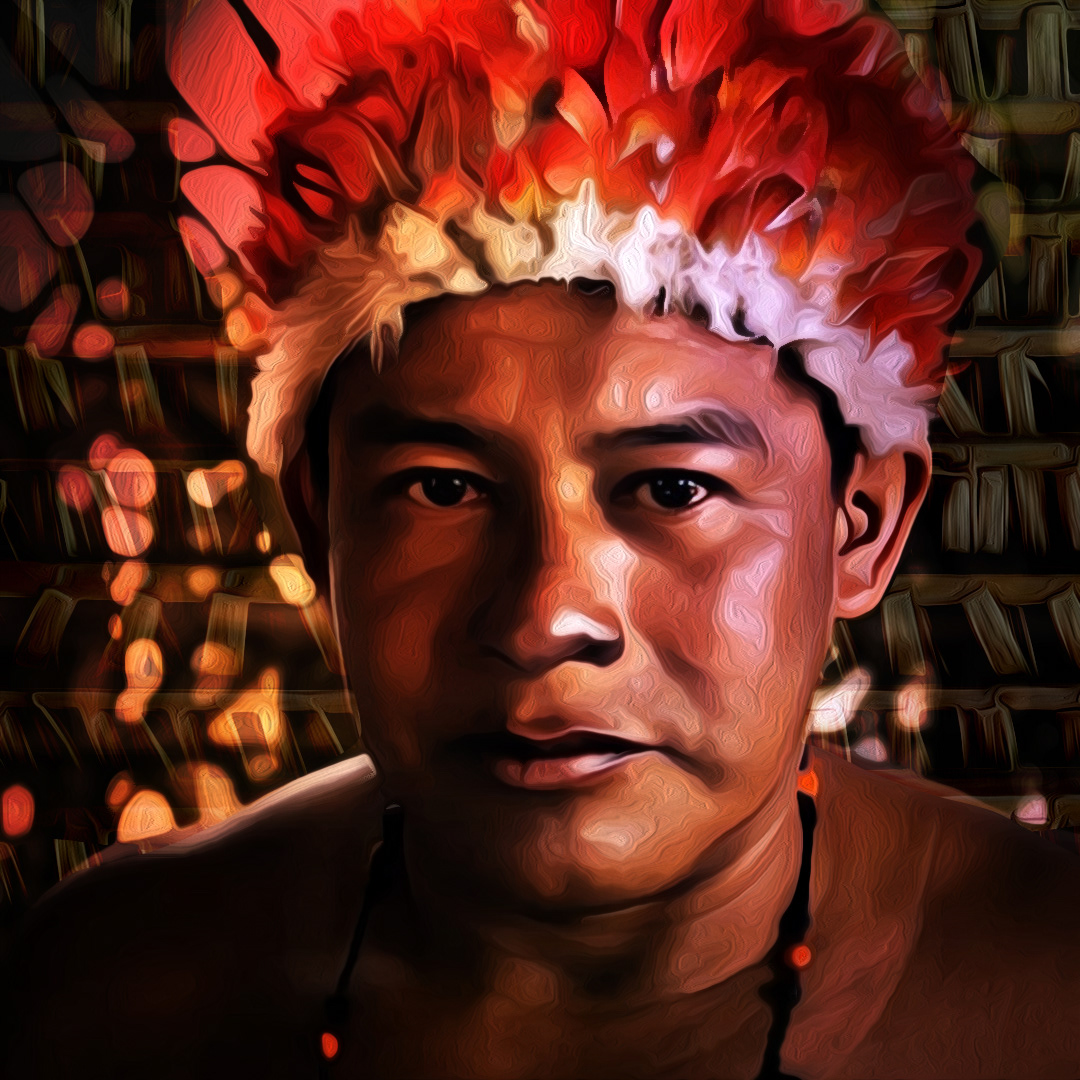
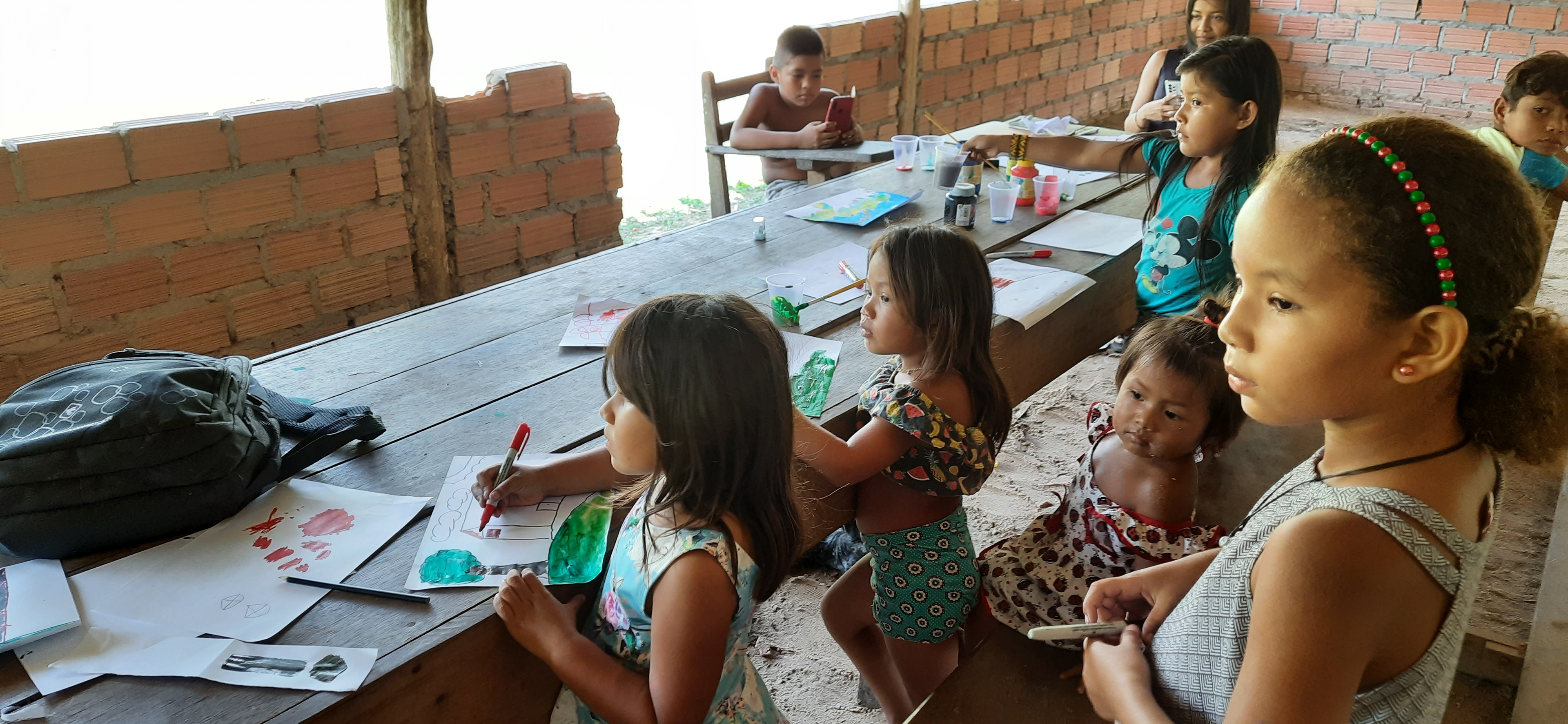
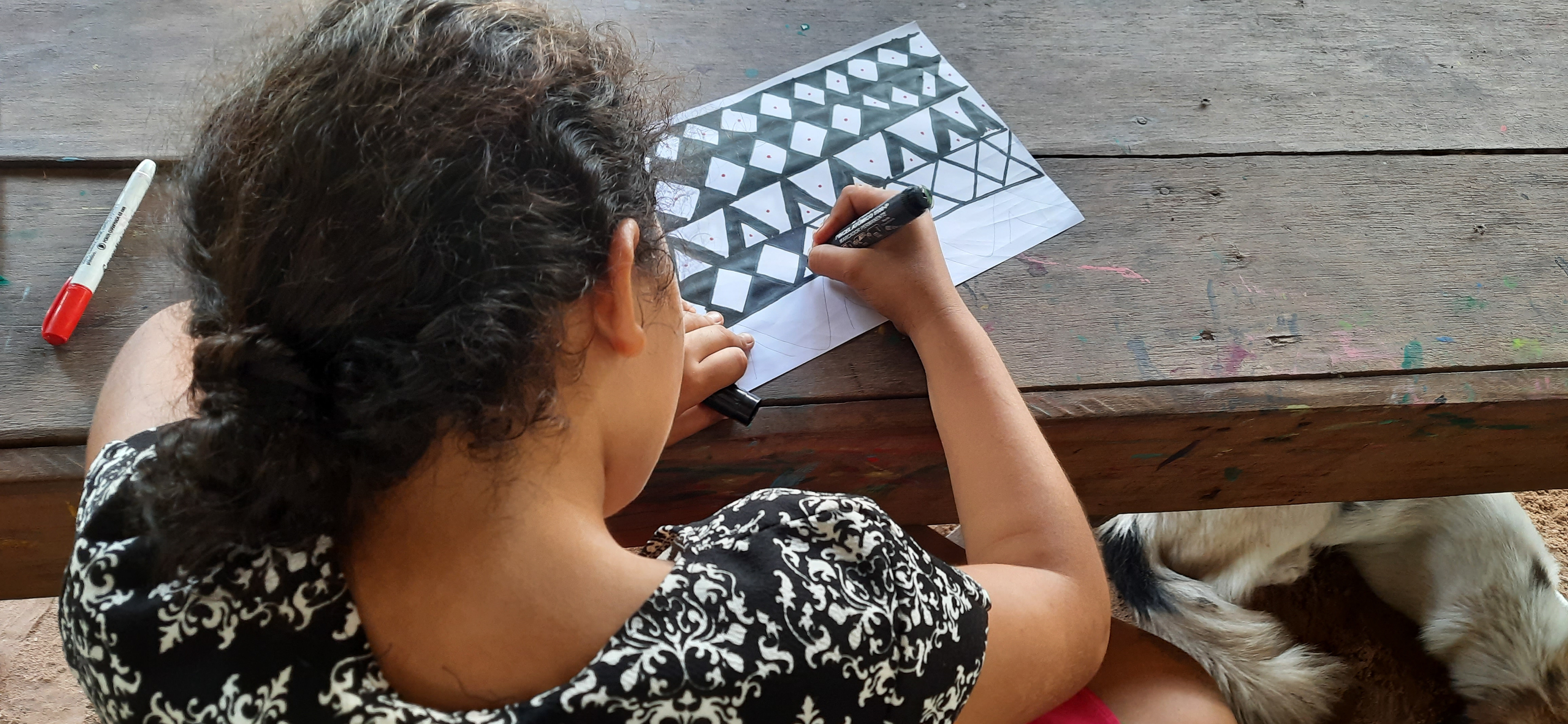
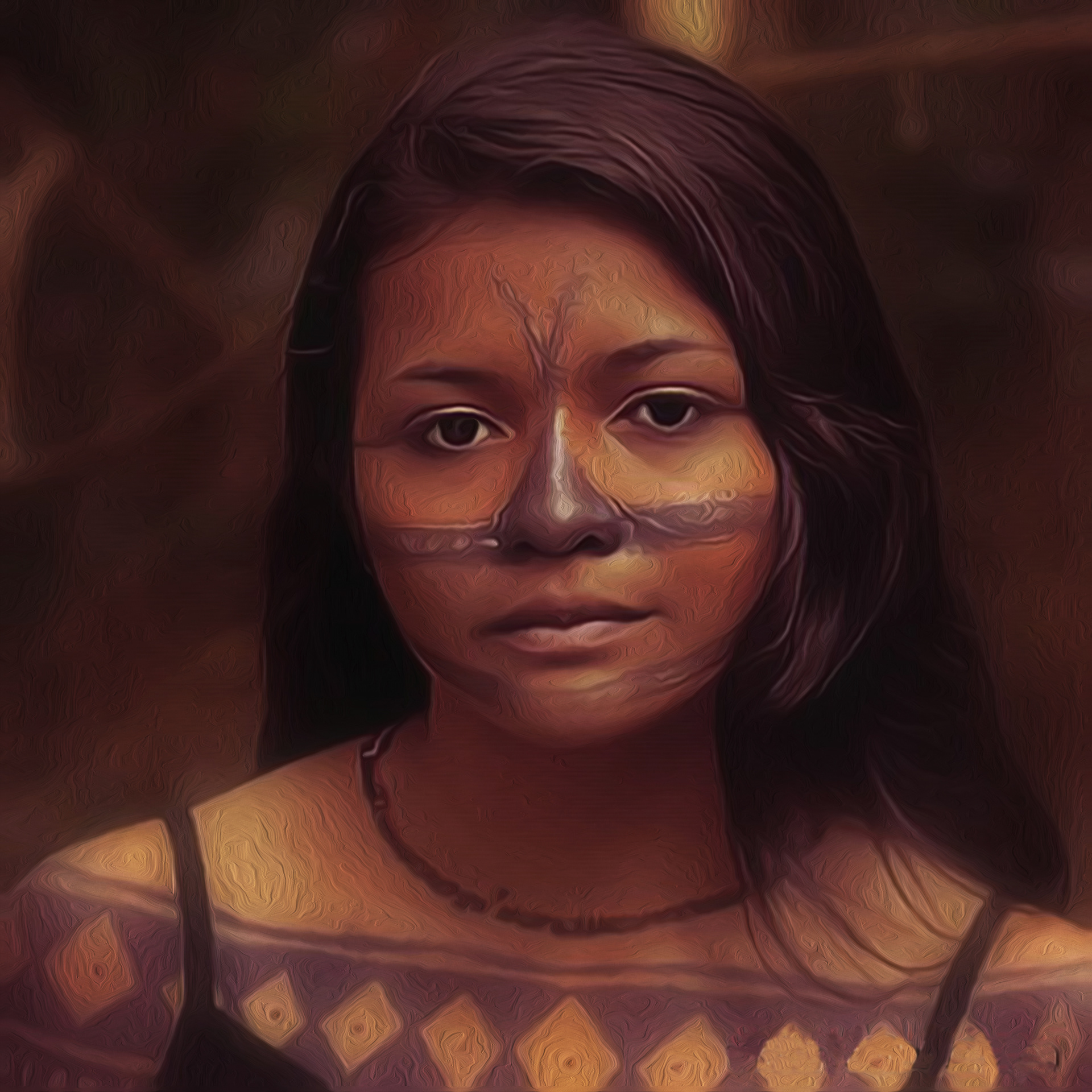
from left to right: cacique Jairo saw munduruku | worshop with children at Aldeia Praia do Mangue (Itaituba) |
beka saw munduruku, communicator, ativist and young leader from the Sawré Muybu Indigenous Territory.
original illustrationS | © Mauricio Negro


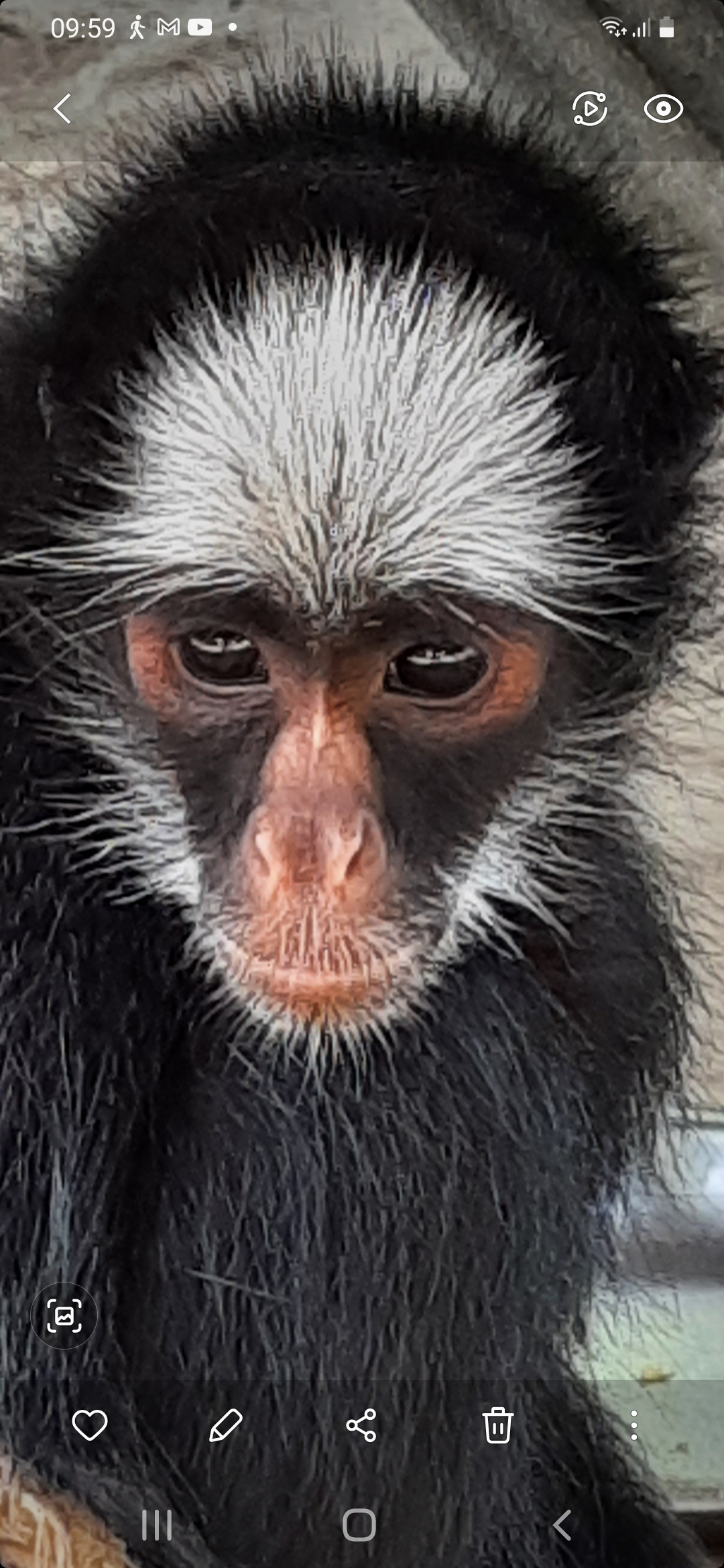



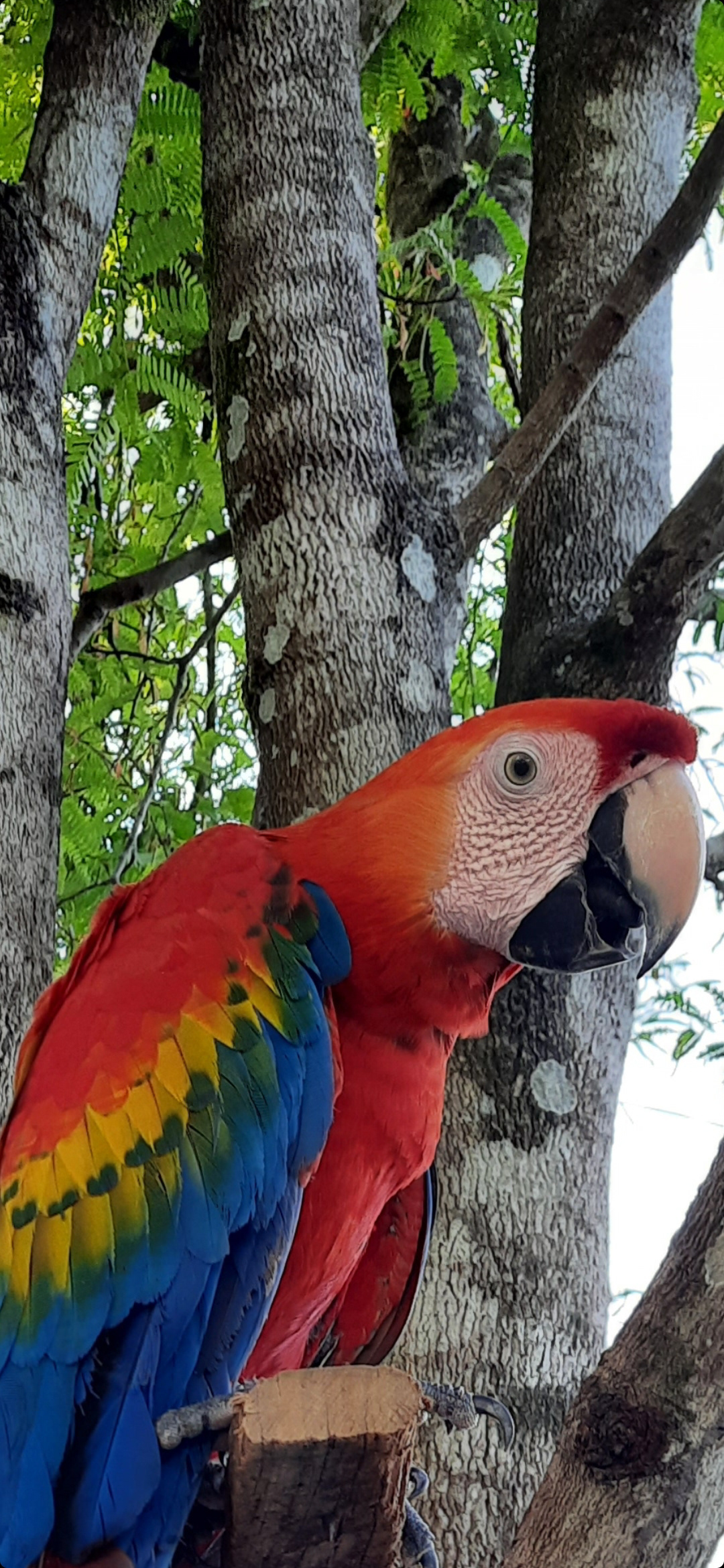

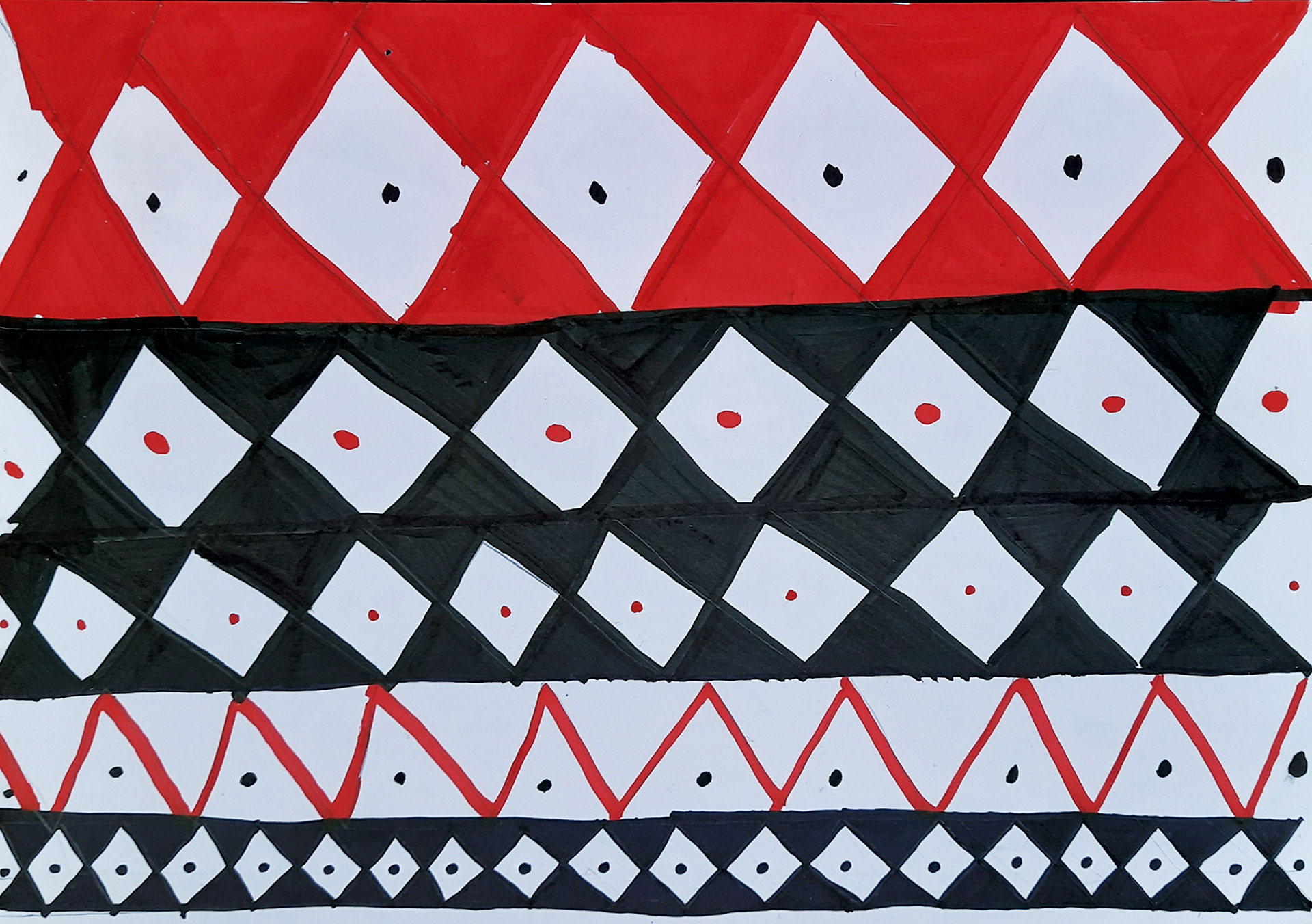
worKshop with children and educators | associação INDÍGENA pariri MUNDURUKU (Itaituba)
In addition to the mentioned books MERCURY AMAZON EIPI BE, Sawé, the ancestral cry | Aypapayũ Ewãwaãp a'õ and Gold mining in the Amazon: crime, contamination and death other didactic communication materials were produced by different professionals and independently just like Amazônia Sem Garimpo - Animation (Narration in Yanomami), another work carried out in partnership with Fiocruz to assess the impact of mercury in protected areas and forest peoples in the Amazon. Other materials will emerge to help spread resistance against mining, the destruction of the forest and the health of indigenous and non-indigenous people.
Além dos livros mencionados, MERCÚRIO AMAZÔNIA EIPI BE, Sawé, o grito ancestral | Aypapayũ Ewãwaãp a'õ and Garimpo de ouro na Amazônia: crime contaminação e morte, outros materiais didáticos de comunicação foram realizados por profissionais diferentes e de modo independente. Por exemplo, Amazônia Sem Garimpo - Animação (Narração em Yanomami), mais um trabalho realizado em parceria com a Fiocruz para avaliação do impacto do mercúrio em áreas protegidas e em povos da floresta na Amazônia. Outros materiais serão realizados, para ajudar a disseminar a resistência contra o garimpo, a destruição da floresta e da saúde de indígenas e não indígenas.

